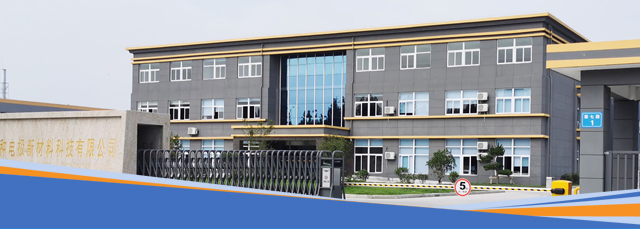Waste water treatment

The wastewater electrolysis treatment method is a method that uses the mechanism of electrolysis to transform the harmful substances in the original wastewater into harmless substances through the oxidation and reduction reactions on the positive and negative poles respectively in the electrolysis process, so as to realize wastewater purification. The electrolyzer is equipped with plates, which are generally made of ordinary steel plates. The electrolyzer can be divided into single polarity and double polarity according to the way of connecting the plate with the power supply. After being electrified, under the action of external electric field, the anode loses electrons and oxidizes, while the cathode gains electrons and reduces. The waste water flows through the electrolytic cell as the electrolyte, and oxidation and reduction reactions take place at the anode and cathode respectively, and harmful substances are removed.
The conductive substrate of BDD electrode contains a thin polycrystalline diamond layer. The newly added diamond coating is a new electrode material, showing excellent oxygen and hydrogen Overpotentials, unique chemical stability and strong wear resistance
Application of BDD electrode
It can achieve high current density, current efficiency and unique chemical stability in water disinfection, wastewater treatment and electrochemical synthesis
Specification of BDD electrode
Base material: Standard Material: niobium material, titanium material
Substrate thickness: Standard:2mm
Optional thickness:0.4-10mm
Size and shape: according to the actual needs of customers,From 5mm × 5mm to 200mm × 400mm
Diamond coating thickness: 1-12um; standard thickness: 5um ± 10%
Coating resistivity:10-100MΩ/cm
Current density: < 5000A / m2
Performance characteristics
Due to high oxidation potential, it can reach 3V
Producing hydroxyl radicals with strong ability of sterilization and degradation
PH value from 0 to 12
Temperature to 500 ℃
Application area
Treatment of landfill leachate and medical wastewater
Treatment of wastewater with very high COD concentration
Sterilization and disinfection of drinking water (no secondary pollution of chloride ions)
Hydroxyl free radical disinfection, no secondary pollution of chlorine
Ground electrode of ozone generator
Electrochemical synthesis of perchlorate and persulfate

